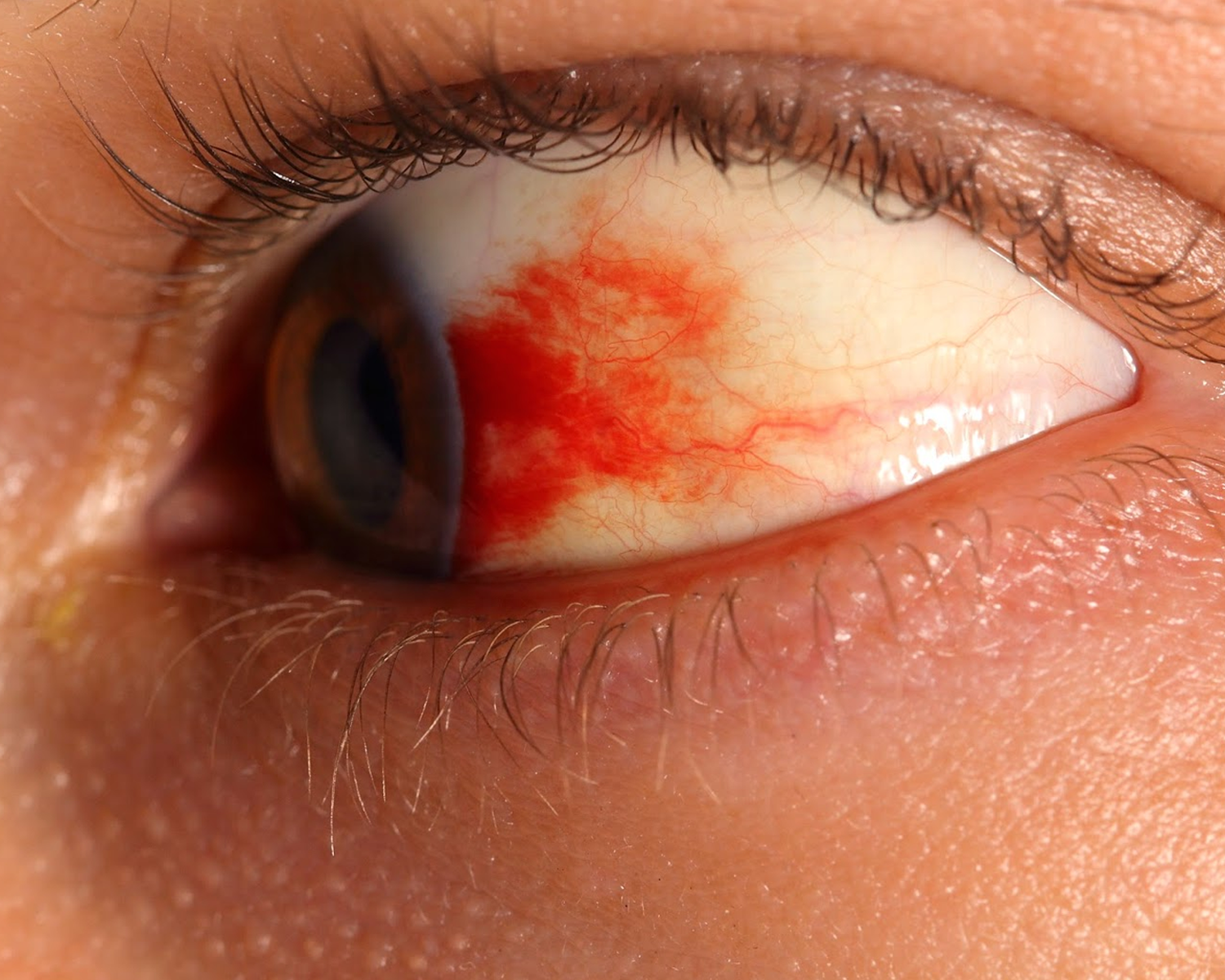
Diabetic retinopathy
Diabetic retinopathy is a diabetes-related eye disease that affects the blood vessels in the retina, which is the light-sensitive tissue at the back of the eye. It's a common complication of diabetes and can lead to vision impairment or even blindness if left untreated.
There are four stages of diabetic retinopathy
Mild Nonproliferative Retinopathy (NPDR) : This is the earliest stage, where small areas of the retina develop tiny blood vessel bulges (microaneurysms). It usually doesn’t cause noticeable vision problems.
Moderate NPDR : As the condition progresses, some blood vessels that nourish the retina may become blocked, impairing the retina’s ability to get the nutrients it needs. This can lead to vision changes.
Severe NPDR : In this stage, many more blood vessels are blocked, leading to a lack of blood supply in the retina. The body may try to grow new blood vessels, but these are often weak and leak fluid, which can cause vision problems.
Proliferative Diabetic Retinopathy (PDR) : This is the most advanced form, where new, abnormal blood vessels grow on the retina and into the vitreous gel that fills the center of the eye. These vessels are fragile and can leak blood, leading to vision loss or even blindness.
Symptoms may include
- Blurred vision
- Floaters or spots in your field of vision
- Difficulty seeing at night
- Sudden vision loss
- Long-term diabetes
- Poor blood sugar control
- High blood pressure
- High cholesterol
- Pregnancy
- Smoking
Risk factors
Prevention and management
Regular eye exams : People with diabetes should have a dilated eye exam at least once a year.
Good diabetes control : Keeping blood sugar, blood pressure, and cholesterol levels in check can prevent or slow the progression of retinopathy.
Treatment options include
Laser treatment to reduce retinal swelling or stop abnormal blood vessel growth. Injections of medication into the eye to reduce swelling and treat abnormal blood vessels. Surgery in severe cases, such as vitrectomy, to remove blood or scar tissue.


